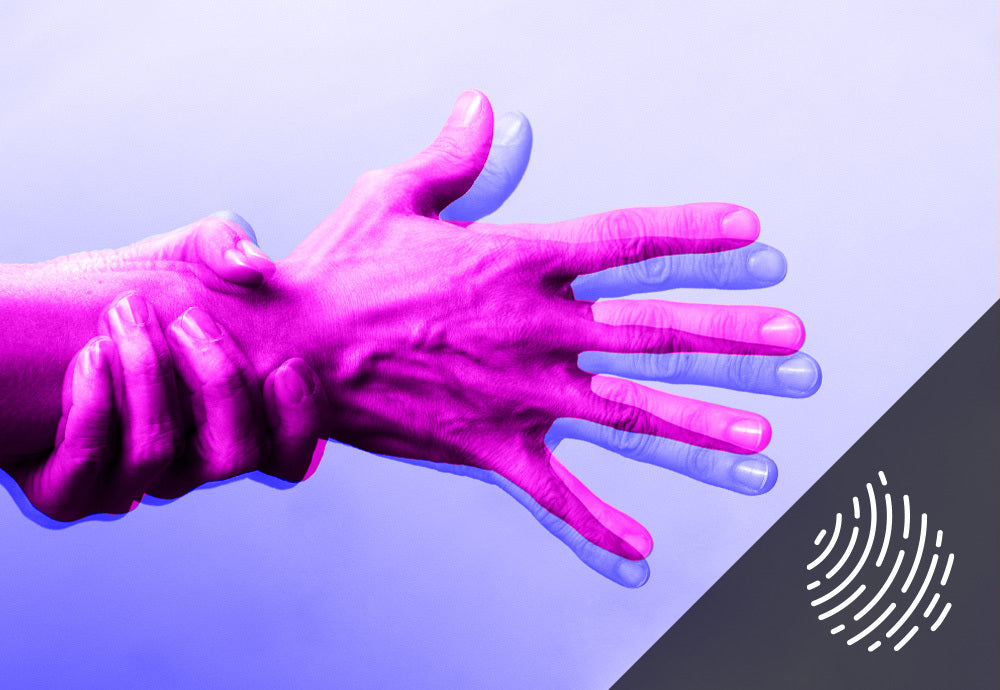Your Cart is Empty
FREE SHIPPING ON ORDERS $70+ | SATISFACTION GUARANTEED
As you might know by now, cannabis is a crazy complex plant. Perhaps this is why CBD has so many — and such diverse — potential health and wellness benefits.
Clinicians, researchers, consumers, producers, and enthusiasts alike are curious to unlock the mysteries and magic of CBD. With CBD legal across the land, investigation of the industrial hemp plant is accelerating and accumulating.
One of the cannabis’s secrets that’s starting to come into the light is that of phenols. In this post, reveal what these phytochemicals are, their amazing capabilities, and how they tie in to your favorite CBD gummies and CBD tinctures.
Assuming you’re not a PhD chemist, we’ll kick off with the basics — like what are phenols?
Phenols, aka phenolics, are organic chemical compounds. Found in most flora and fauna, they’re especially abundant in plants. Interestingly, though phenols don’t really do anything for plants themselves, they’re exceptionally healthful for the animals that consume them.
The hallmark of these compounds is their specific molecular structure that includes “an aromatic ring with one or more hydroxyl groups.”(1) If a substance has a single phenolic group — it’s a simple phenol. If a substance has multiple phenolic groups — it’s a polyphenol. Phenolic compounds contribute to a plant’s color, flavor, and smell.
A point of clarification may help you get through the rest of this article. Phenol, phenolics, phenols, polyphenols, and phenolic compounds (PCs) are related but not all the same.(2) It goes like this:
Yes, maybe a taaaaad confusing…. But hopefully a little clearer than mud now. The key things to remember are:
There are several categories of phenols, phenolic compounds, and their derivatives. These include:
Each class — and the individual substances that are under its umbrella — has its own traits. Which brings us to…
Phenols can do your bod a world of good. They’ve been proven to be very “anti”:
Across the board, phenols are touted as powerful antioxidants. However, different kinds of phenols may provide a different mix of health benefits than the next type. For example, flavonoids are reputed for their anti-inflammatory abilities, whereas stilbenes are acclaimed for their cancer-fighting properties. Luckily, you’ll likely get an array of phenols with the plants you consume.
You’ve heard, haven’t you? Cannabis is a plant! This means it’s pulsing with phenols from root’s end to leaf’s tip.
Phenols are naturally created in cannabis. Through internal processing steps — collectively referred to as biosynthesis — the plant converts various phytochemicals into phenols.(6)
Technically, yes. Cannabinoids are a type of phenol known as terpeno-phenolic compounds. And, you probably already guessed this, but this breed of phenolics is only found in cannabis.
Previous blog posts have dwelled (rightly so!) on the characteristics and benefits of cannabinoids. So here we’ll spotlight the “other” phenols in cannabis.
The primary categories of non-cannabinoid PCs in cannabis include:(7,8,9)
Regardless of class, all phenols are highly-bioactive and health-protective plant-based nutrients.
As of 2021, there are at least 42 identified non-cannabinoid phenolic compounds in cannabis.(7) Because of exciting new discoveries related to phenols and other substances in cannabis — it’s likely that research will continue on this path and even more PCs will be found.
So, what phenols are partying in your cannabis? If you look closely (just take our word for it), you'll see these PCs shakin' their groove things:(3,9,10)
Some phenols in CBD can be found in other plants, but many of them only exist in cannabis. By extension, their special properties and benefits are also only available via cannabis. What a perfect transition to discussing…
Not only are scientists searching for phenolic substances themselves, they’re eagerly exploring what they do.
Several studies and articles assert that the dynamic duo of CBD + Phenols has been shown to bring about many wellness benefits, like:( 3,9,11,12)
One last thing, as if you needed more convincing of the benefits of CBD and phenols. It appears (according to loads of studies, anecdotes, etc.) that nutraceuticals are safer, more bioavailable (especially if leveraging nanotechnology!), and have fewer side effects than traditional Rx drugs.(9) Plus, the blend of CBD and PCs may produce an entourage effect and actually alleviate side effects from other treatments.(13) So there.
A couple broader takeaways from the research that you can ponder:
Many factors — like environmental conditions, cultivar, cultural and postharvest practices, processing conditions, storage, etc. — can affect the phenolic load in a cannabis plant and the downstream CBD oil.
If you’re going through the trouble (it’s really no trouble at all…) to access the might of phenols and CBD — you might as well get the most out of your efforts. Here are some things to pay attention to when shopping for phenol-rich CBD products.
Not all cannabis plants — or parts of the plants — contain equal quantities of phenols.
A study from 2018 determined that cannabis extracts from younger plants have higher levels of PCs and more antioxidant activity.(14)
Other research concluded that different parts of the plant have different concentrations of phenols. For instance, inflorescences (the flower clusters) have a phenol content that’s 10 to 100 times greater than other parts of the plant.(9)
We also know that female hemp plants have larger stores of CBD. (Don’t know that? Read Anatomy Of CBD or CBD Sex Ed next.)
So, it stands to reason that a CBD oil derived from the inflorescences of a juvenile girl plant would have more phenolics than one created from an elderly boy plant’s leaves. Capisce?
The handling of the cannabis plant and its byproducts can impact to quantity and quality of the phenols.
The extraction method a processor uses will affect the amount of phenols retained in the finished CBD extract.(14) Extraction and processing can also damage PCs, which may reduce their efficacy and bioavailability.
Phenols are best preserved with gentler processing techniques, such as CO2 extraction. “Softer touch” production practices safeguard the integrity phenolic compounds and may result in higher PC yields. Bonus: They tend to be more eco-friendly and produce a healthier and safer CBD oil extract.(8) For a deep dive into this, check out What Is CO2 Extraction & Why's It A Good Thing For My CBD?.
The concentration and bioavailability of phenols varies depending upon the species of cannabis and the form of CBD.
Cannabis sativa L. is a good source of polyphenols for nutraceutical or supplementation purposes. However, each cultivar (breed or strain) has its own bespoke ratios of phenols.(9) So, it may take a little research to find cannabis products made from the strain that are especially high in the phenols you desire.
Your choice of CBD type can also impact the phenol load in your product.
Lastly, it’s good to consider the non-CBD ingredients and where everything originates from. In general, better growing conditions (e.g., more nutrients in the soil, favorable growing conditions, fewer toxins or pesticides, etc.). may yield more phenol dense crops. Similarly, better ingredients may mean more/higher quality PCs.
Phenols are naturally-occurring substances common to plants. Cannabis contains many varieties of phenolic compounds, several of which are unique to cannabis. Cannabinoids — like CBD — are a type of phenol, too.
Like other plant nutrients, phenols serve up an astounding array of health benefits. Among other things, phenols are powerful antioxidants and anti-inflammatories. They’ve also been shown to help with cancer, metabolic conditions, coronavirus, and more.
As always, do your research before buying CBD. If you want to get the most phenolic bang for your buck, select CBD oil products made:
EXPERIENCE THE BENEFITS OF PHENOLS FOR YOURSELF
References

The cannabis compound CBD has been popping up in Parkinson’s disease (PD) therapy and prevention conversations, propelled by success stories from p...
Read More
CBD is one of the most popular supplements on the market today. But you're a savvy consumer. You know just because something is popular doesn’t mea...
Read More
You know delta-8 as "weed-lite" or the "chillest of the cannabinoids." But what about all the potential health benefits of this unique compound? Wh...
Read More